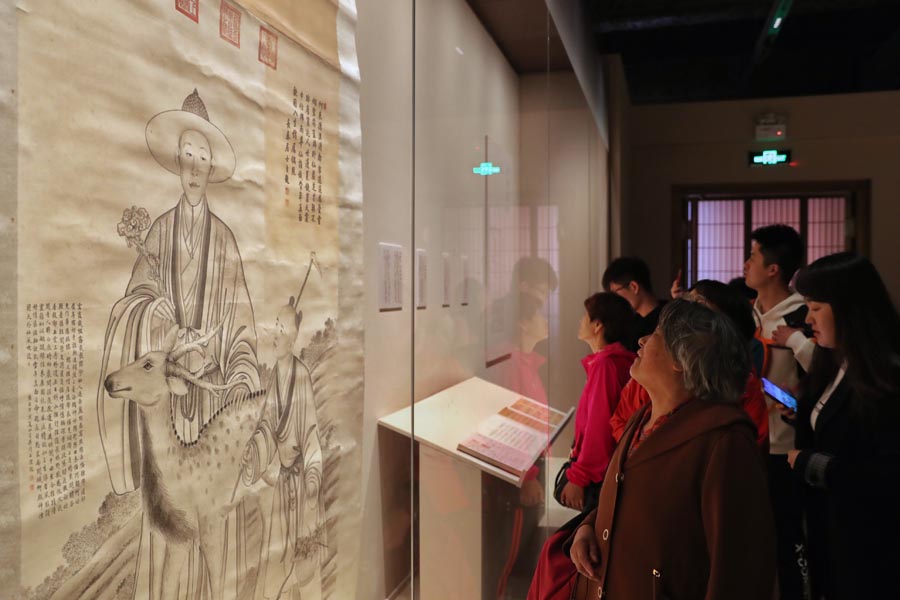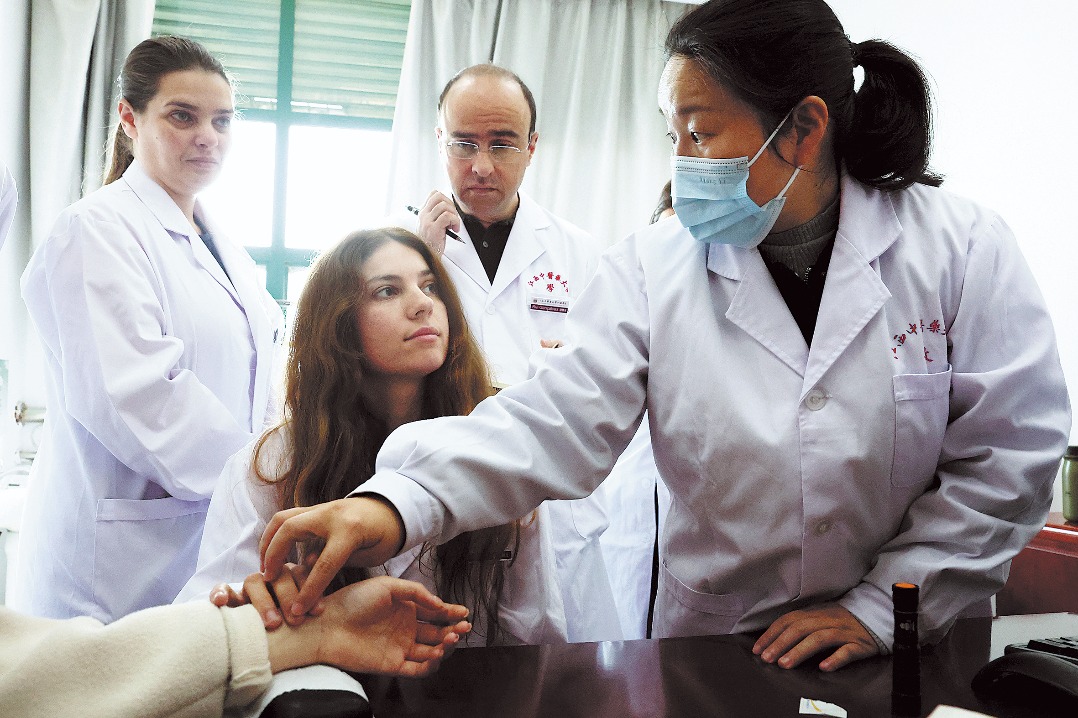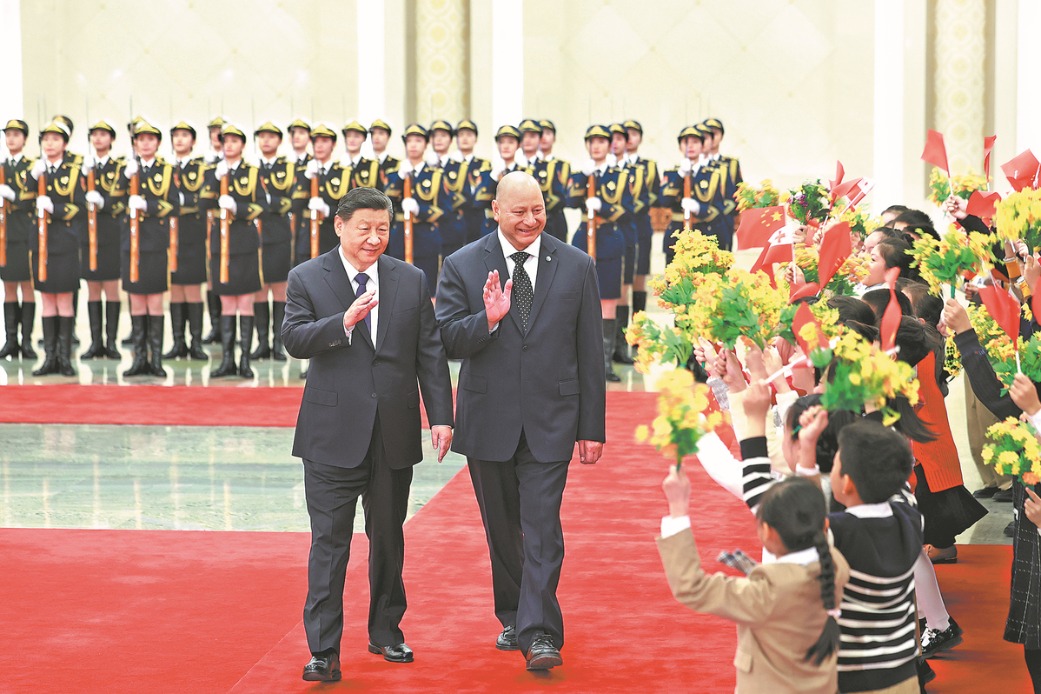Imperial artistry


Emperor Qianlong's passion for calligraphy and painting is the subject of an ongoing exhibition at the Palace Museum, Wang Kaihao reports.
If he had not become emperor, Qianlong, whose reign lasted from 1736 to 1795 during the Qing Dynasty (1644-1911), would have instead seen his name etched in history as an artist or a writer.
Even as a ruler known for presiding over an era of booming social prosperity in China, the emperor was adept at taking time out from running state affairs to explore his passion for fine art.
It is difficult to calculate just how many ink-on-paper works by Qianlong remain in existence, but on one occasion alone in 2014, researchers from the Palace Museum in Beijing-China's former imperial palace also known as the Forbidden City-discovered more than 28,000 handwritten poems penned by the emperor in an old royal warehouse.
Qianlong's lifelong affection for art had a powerful influence over the entire imperial court during his reign, which is the subject of an ongoing exhibition at the Palace Museum running through June.
























